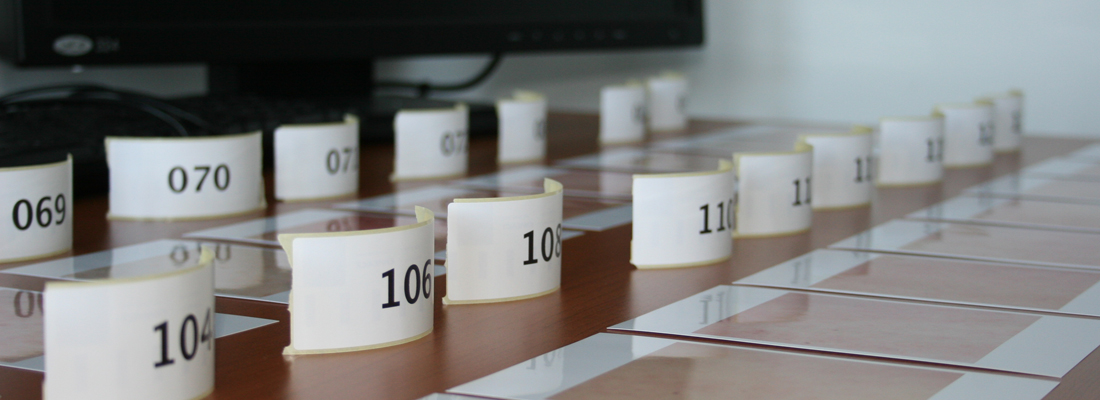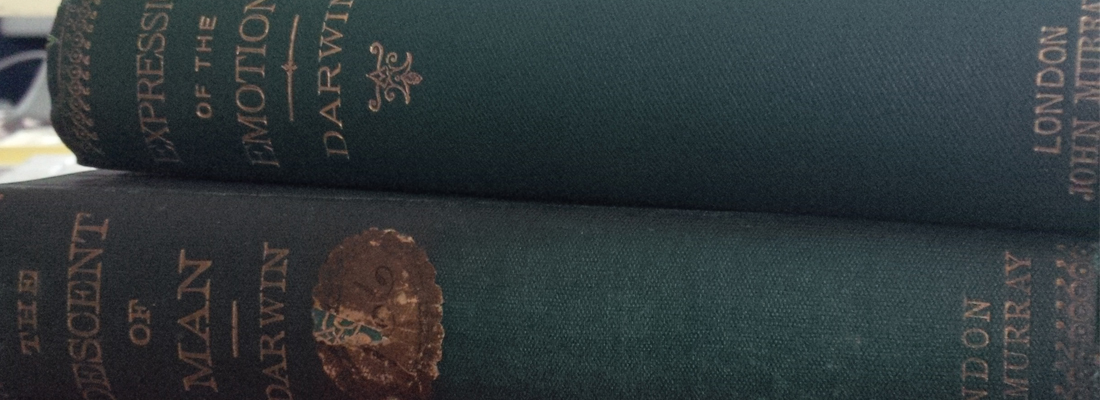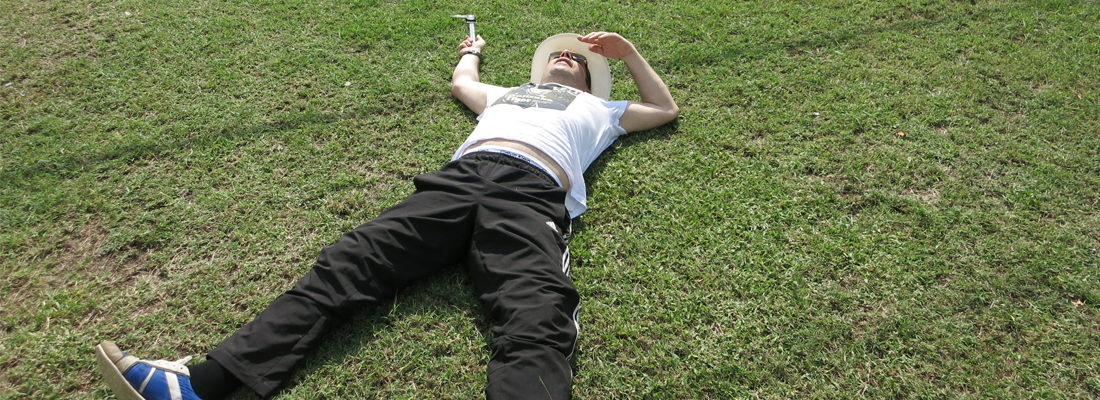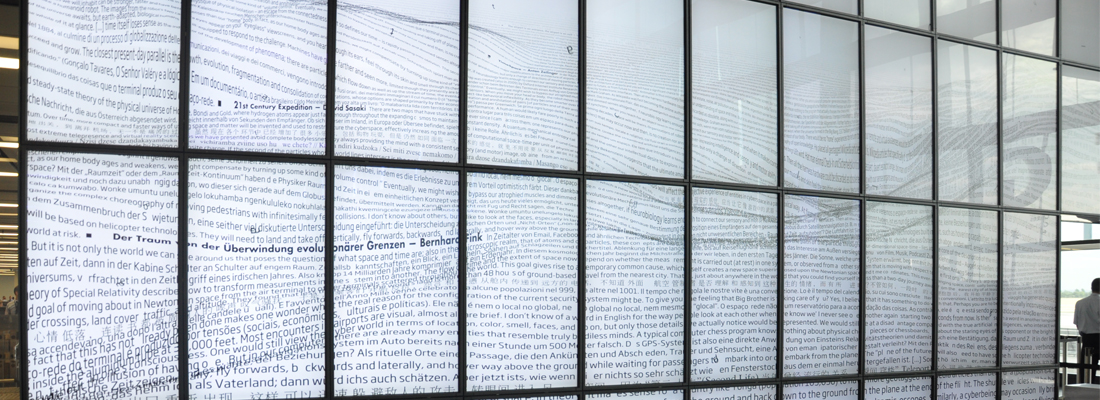Is Digit Ratio (2D:4D) Related to Masculinity and Femininity? Evidence from the BBC Internet Study
John T. Manning, Robert Trivers, Bernhard Fink
Research on association between digit ratio (2D:4D; a putative correlate of prenatal sex steroids) and mental masculinity/femininity (Masc/Fem) has reported mixed findings. This may be due to differences in protocols for assessing 2D:4D and Masc/Fem across studies. Here, we consider the relationship between direct self-measured 2D:4D and occupational preference, and self-rated Masc/Fem from participants in a large internet survey (i.e., the BBC internet study). Men and women provided information about interest in occupations and rated themselves on Masc/Fem. There were significant sex differences in 2D:4D and occupational preference. Men reported lower 2D:4Ds and higher interest in “male-type” occupations, while women reported a stronger preference for “female-type” occupations and a higher 2D:4D. Correlations between 2D:4D and a composite score for “male-type” occupations were significantly negative for heterosexual men and women and for bisexual women. A composite score of “female-type” occupations showed only one positive correlation for 2D:4D (female right 2D:4D). Digit ratio was also negatively related to a composite measure of the difference between “male-type” and “female-type” occupations, and for individual occupations, the pattern of negative correlations was confirmed for “male-type” occupations. Self-rated Masc/Fem showed a significant sex difference (women < men). These relationships were independent of sexual orientation, age, and height. There were significant negative correlations between 2D:4D and self-rated Masc/Fem. These were stronger for women than for men and were independent of sexual orientation, age, and height. Thus, prenatal sex steroids may have an effect on the development of occupational preferences and self-rated Masc/Fem, especially for “male-type” occupations, with higher levels of androgenization (lower 2D:4D) leading to “male-type” occupational preference and higher self-rated Masc.
https://doi.org/10.1007/s40806-017-0098-4
Manning, J.T., Trivers, R., & Fink, B. (in press). Is digit ratio (2D:4D) related to masculinity and femininity? Evidence from the BBC internet study. Evolutionary Psychological Science.








